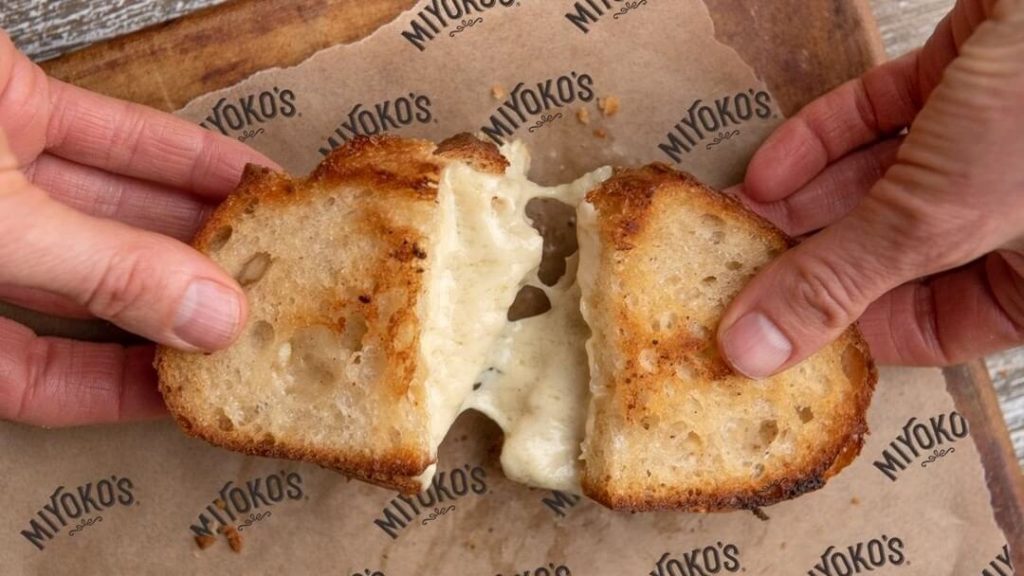Consumers are growing weary of dairy. Sales of milk continue to drop – recent data released by the Dairy Farmers of America showed a $1.1 billion loss in revenue for the dairy industry in 2018 — an eight percent drop over 2017.
The decline is far more systemic and dire for dairy producers in the U.S. and across the globe — milk consumption is at a fraction of where it was in the early 2000s. According to USDA data, milk sales declined by 22 percent between 2000 and 2016. Those numbers are down significantly from the 1970s and 1980s.
The Milk Industry Declines
“[B]y the time the famous ’90s-era ‘Got Milk’ advertising campaign hit the airwaves and pages of magazines, liquid milk sales were already on the decline,” NPR’s The Salt reports.
And despite the health halo that surrounded milk, particularly for children — a myth that still permeates the nation’s school systems today — by the 1970s, research was beginning to point to the health risks connected to consuming dairy.
Nearly seventy-five percent of Black Americans are lactose intolerant, and Harvard cites dairy as the number one source of saturated fat. High levels of saturated fat can lead to serious health problems including heart disease, and diabetes.
“Milk is the perfect food – for calves,” Marion Nestle, professor of nutrition, food studies and public health at New York University, and author of “Food Politics,” tells NPR. “There is no question about that. But for humans, it may not be. And it may not be necessary, and there is plenty of evidence that it isn’t necessary.”

And the dairy industry is feeling the strain.
At a recent conference in Glasgow, experts discussed the public’s ever-waning interest in dairy products — choosing instead more vegan alternatives. They warned that if the current anti-dairy message persists, then the industry could cease to exist within the next decade.
Livestock sustainability consultant, Dr. Judith Capper stated that, despite vegans only making up a small percentage of the population, they still have a loud voice that’s being heard by the masses.
“There is a need in the dairy sector for some myth-busting. If consumers don’t buy our products – milk, cream, butter, cheese etc. – we will not have a dairy industry in five to 10 years,” said Capper.
Despite Capper’s belief that the dairy industry needs to bust myths, many people are choosing to ditch dairy for health reasons most of which are backed up by credible scientific research.
Dairy-Free Sales Skyrocket
Consumers may be reducing their cow milk consumption, but they’re not foregoing dairy altogether. They’re purchasing dairy-free options en masse. While milk sales drop, the vegan milk market is booming — sales were up nine percent in 2018 and are expected to exceed $34 billion by 2024.
Fluid dairy-free options dominate the vegan category, but other categories are catching up quickly. Dairy-free ice cream is on the uptick with brands like Magnum, Ben & Jerry’s, and Halo Top all launching and expanding their offerings. IKEA recently launched a vegan strawberry soft-serve.
Vegan cheese was one of the hottest trends at the recent Natural Products Expo in Anaheim, Calif., the largest natural foods industry trade show in the country. Brands like Miyoko’s are proving that dairy-free cheeses can be made in the same way as traditional cheesemaking — fermenting and aging milk made from nuts, seeds, or beans.


